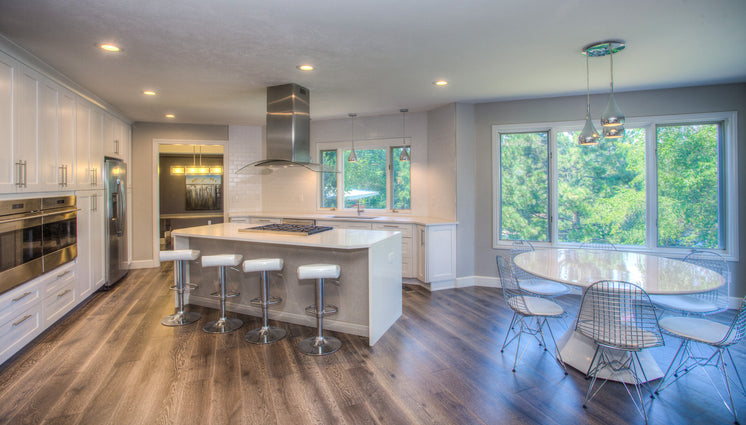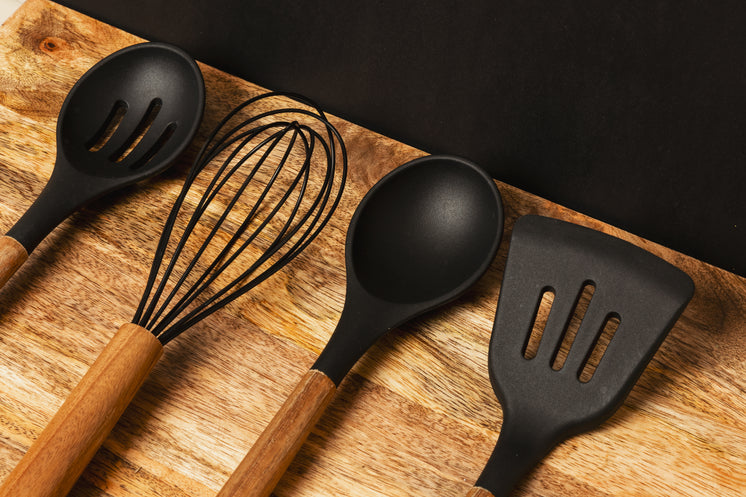Blog entry by Oren Dendy
 What's
cooking in this realm of kitchen design? It's a lot, it appears!
If you're looking to freshen up your culinary space be sure to
give some serious consideration to your kitchen cabinet design.
Why, you ask? Let's examine the details of the reasons kitchen
cabinets are critical for both aesthetic and functional purposes
in your overall kitchen design.
What's
cooking in this realm of kitchen design? It's a lot, it appears!
If you're looking to freshen up your culinary space be sure to
give some serious consideration to your kitchen cabinet design.
Why, you ask? Let's examine the details of the reasons kitchen
cabinets are critical for both aesthetic and functional purposes
in your overall kitchen design.
 What's
important lies in how you kitchen cabinet design affects the rest
of your kitchen design. Cabinets aren't a separate entity;
they're part of your kitchen's aesthetic. They should complement
the kitchen's overall style, whether modern conventional,
traditional or even transitional.
What's
important lies in how you kitchen cabinet design affects the rest
of your kitchen design. Cabinets aren't a separate entity;
they're part of your kitchen's aesthetic. They should complement
the kitchen's overall style, whether modern conventional,
traditional or even transitional.
The field of interior design indicates that the design of the kitchen cabinets influence the sense of space. Research published in Journal of Interior Design suggests that an organized design of cabinets and other aspects of the kitchen can make the room appear more spacious and inviting.
When it is about color, it's a whole other ball game. The colour of your cabinets can transform the look and feel the kitchen. Light-colored cabinets provide an open airy feeling, which is ideal for smaller kitchens which have little natural light. Contrarily, darker cabinets can bring a warm and cozy look to kitchens with larger spaces.
A survey for 2020 by Houzz, an online house design website, discovered that white was the best choice among kitchen cabinets, with 41% of the respondents. Two-tone designs, that use contrasting colors to the Cabinets' upper and the lower, as well as the island have been increasing in popularity.
Then, let's talk about functionality, because a kitchen should not just look beautiful, but it is also practical! This is where the technical analysis comes into play. For instance, The National Kitchen and Bath Association (NKBA) has defined guidelines to determine the right sizes and layouts of cabinets to provide maximum performance and accessibility.
Based on these rules, one should think about the items you're packing and customize according to these guidelines and tailor your kitchen cabinet design as per your needs. In particular, pots with a large size may require large drawers, and glassware that is delicate might be best displayed in glass-fronted cabinets.
Space utilization is another key aspect of design. Innovative kitchen cabinet layouts can boost your kitchen's storage potential. For instance studies in Ergonomics highlights the advantages of floor-to ceiling cabinets in reducing physical strain as well as improving accessibility.
There's also the selection of materials. The quality and durability of your cabinets rely largely on the materials used. Solid wood, plywood, particleboard, and MDF each have their benefits and disadvantages. For instance, solid wood has durability and a premium look however, it is pricier in price tag. MDF however, on the contrary it's more affordable and can replicate the appearance like real wood. However, it may be prone to water damage.
And lastly, it's all the small details. Hardware choices such as handles, knobs, pulls--will help tie the whole design together. Here's the area where design science is fascinating: research has found that seemingly insignificant details such as the form and finish of cabinet hardware, can significantly influence the way a user experiences the space.
This is why kitchen cabinet design isn't just an art. It's a scientific process as well. It's a fascinating blend of aesthetics that consider ergonomics, design, and technology in the material. If you beloved this post along with you desire to receive more details concerning interiors design generously visit the page. If you're embarking on an kitchen design adventure, remember to keep the experience enjoyable and enjoyable since, at the final analysis the kitchen is a reflection of your personality. It's your space, the rules you set.
